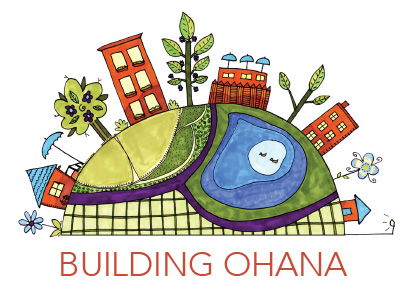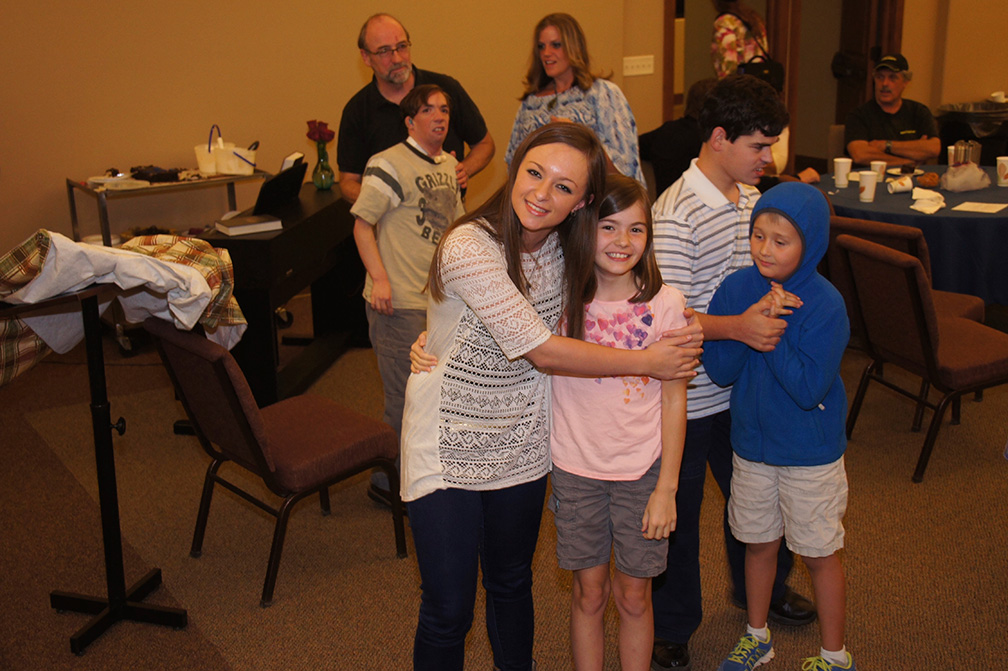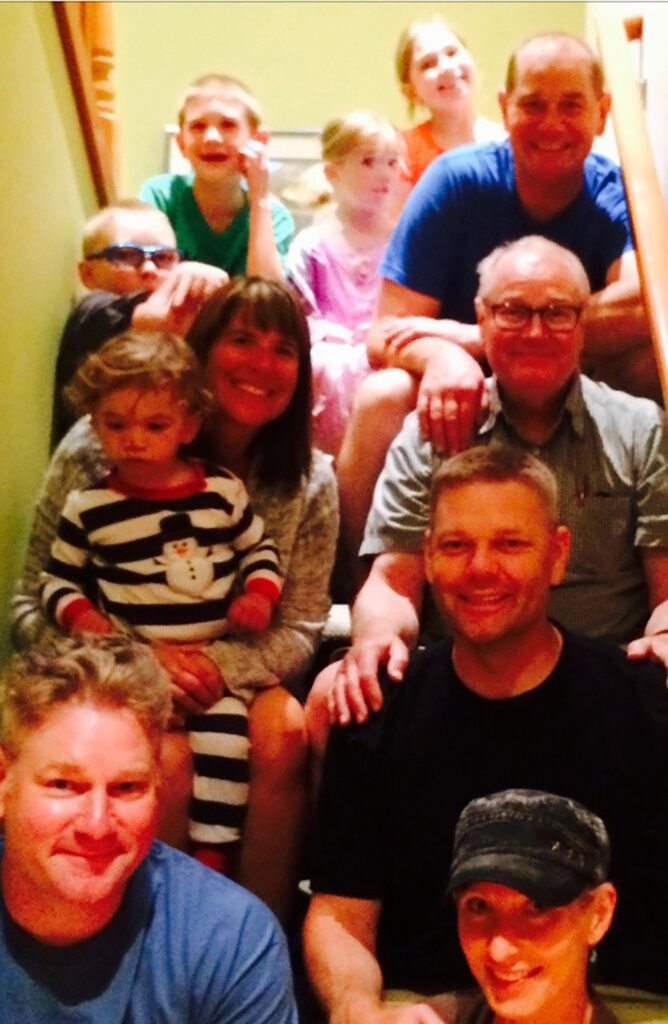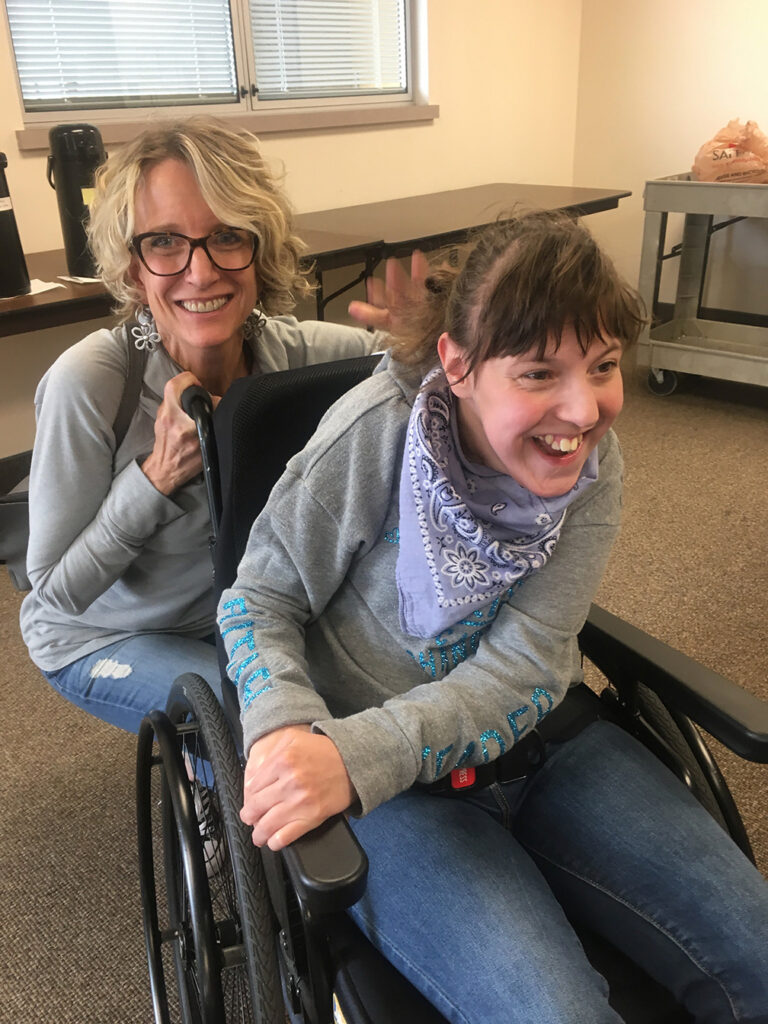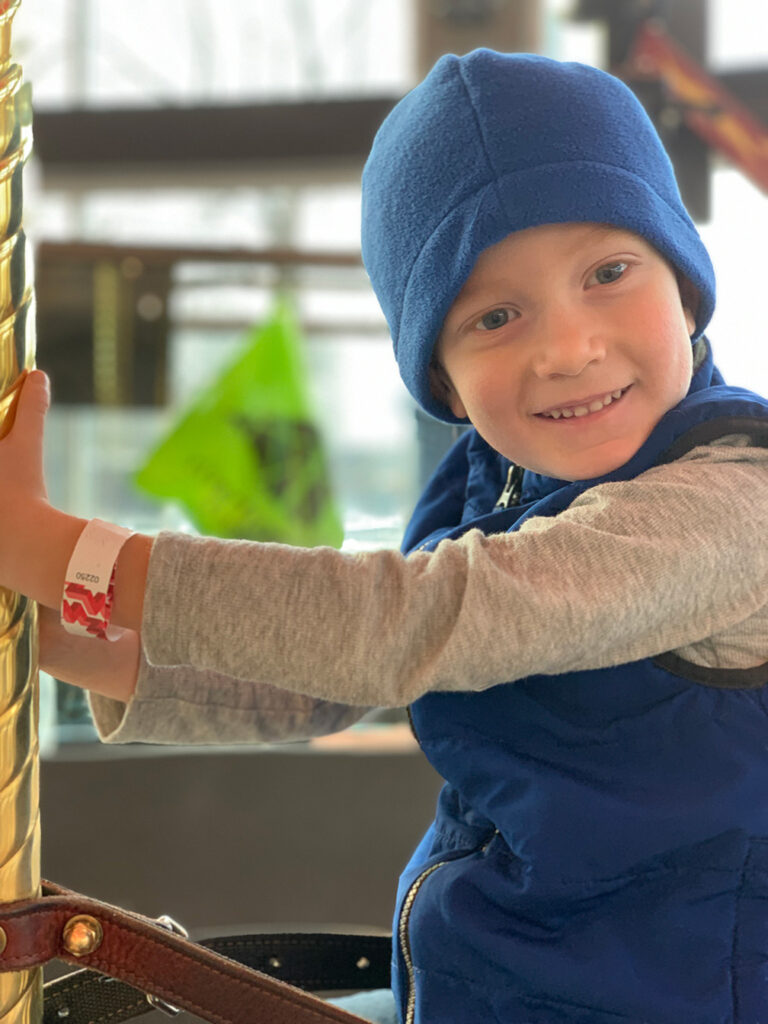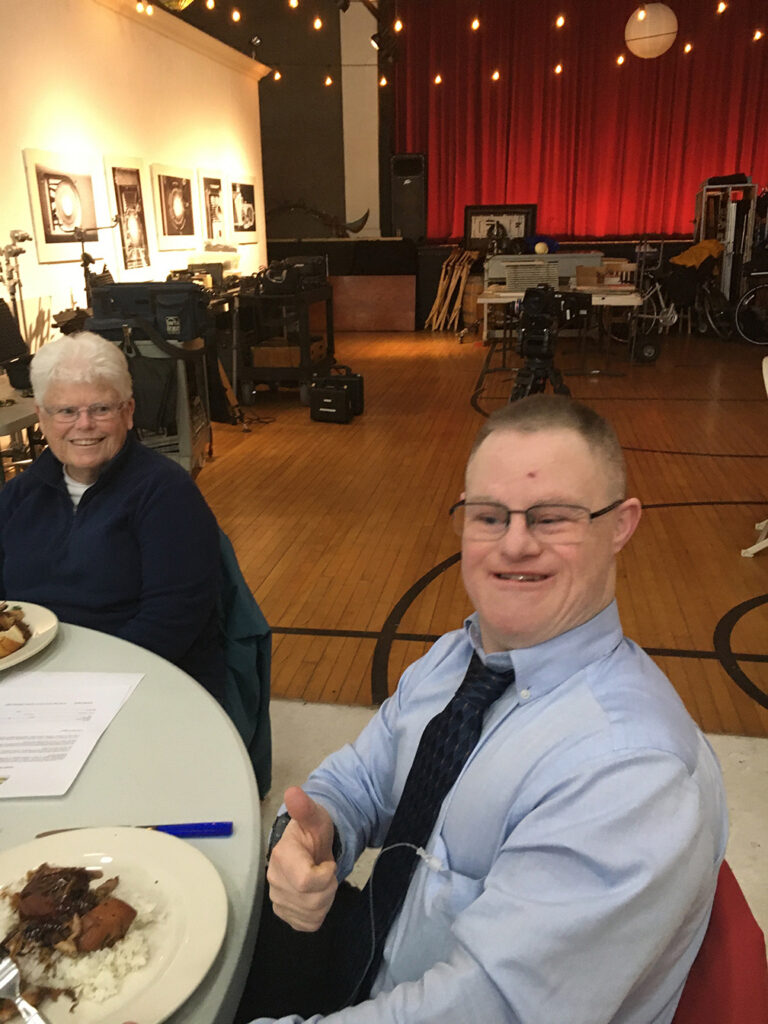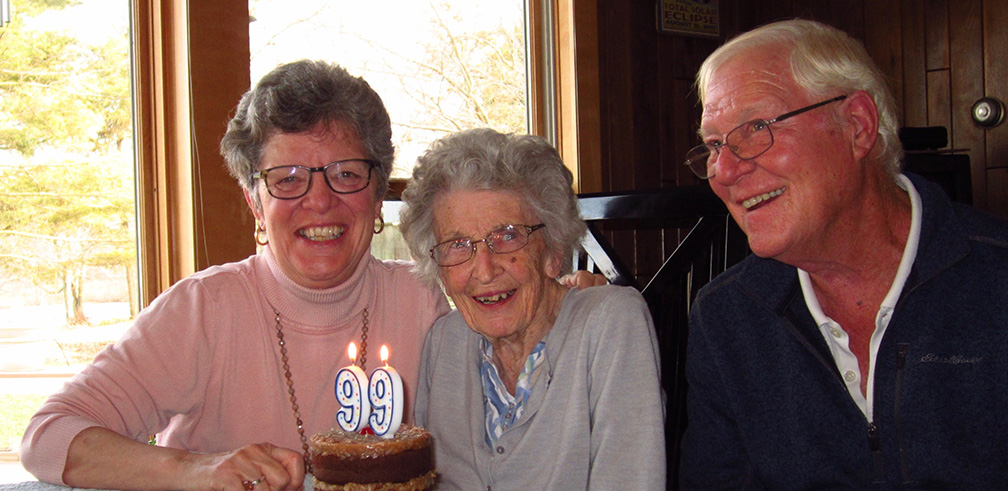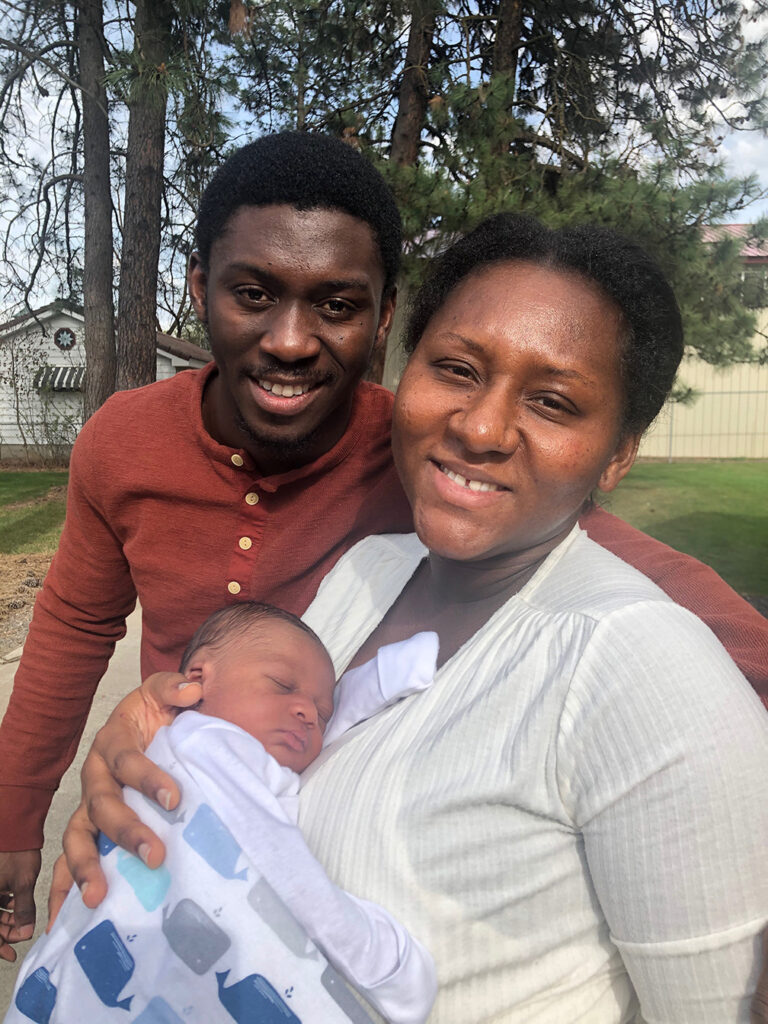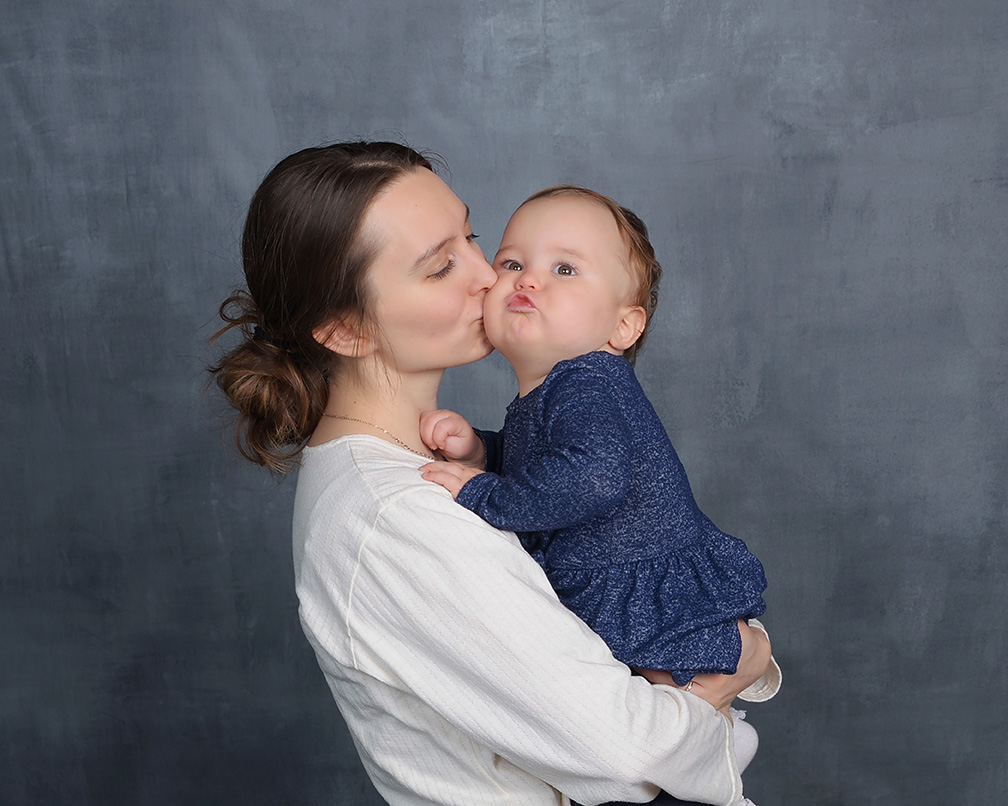By Brenda Krause Eheart & Deborah Finck
I (Brenda) met Janice in her 70s, a woman raised in foster care and immersed in abuse and poverty for much of her life. She moved to Hope Meadows soon after six-year-old Ben joined his new adoptive family there. Like Janice, Ben had spent most of his young life in and out of foster homes. Both struggled with emotional problems. Neither knew how to trust. But somehow, in the daily life of our neighborhood, they found a connection. That connection turned into love.
When Janice died seven years later, Ben read this poem at her memorial service:
I love to spend time with Grandma.
When we fish, she baits the hook.
She listens to me when I talk.
And she helps me read my book.
She gives me hugs and kisses.
And eats popsicles like a kid.
I’m really sad that she is gone.
I love her as much as I ever did.
In the US, approximately 37 million adults live alone, several million others reside in some form of institutional and foster care, and over half a million Americans live without permanent housing. For these individuals, vulnerability is often intensified by loneliness and isolation in the absence of close and caring personal relationships, and yet these connections are rarely included as essential components in our traditional health service models or in the philosophies governing them. Our social safety net has been mostly designed to provide a margin of security and protection for the weakest among us, the poorest, the least able or powerful. Resulting policies, programs, and practices often reinforce negative attitudes: that vulnerability implies weakness and helplessness, and even moral failure; or that the “clients” who receive them are “the problems” needing to be “managed” or “fixed.”
These views, generations old, carry with them the damage inherent in judgement. Such notions can create shame in the people needing help, but also a vulnerability-resistant attitude that keeps many of us from taking risks and reaching out to others when we most need it. By the time Ben and Janice had moved to Hope, they had learned that people were not to be trusted to help them, or even to not hurt them. Our social safety net had not been adequate to help them find connection and purpose, feel needed, or know that they belonged. It took a lot for them to open their hearts and minds to one another, to need one another—but they took that risk.
In doing so, Ben and Janice were strengthened, not because their challenges miraculously disappeared, but because they belonged to a community where deep and reliable relationships were primary. In this context, all manner of personal suffering was eclipsed as everyday people went about the daily business of neighboring—of caring about each other, helping each other, and enjoying one another. As one older resident of Hope said, “We don’t have time to think about our aches and pains. We are too busy doing for others.” Sure, people still needed their doctors and therapists, but their daily lives were meaningful and rich. For Ben and Janice, the safe and caring friendship they formed was a remedy for isolation and despair—a recipe for living.
Through intentional neighboring, the over one hundred residents of Hope Meadows came to understand and acknowledge that meaningful and caring relationships—built over time and based on familiarity, trust, and shared experience—offer a proven antidote or anesthesia to the many difficulties we all face. Surgeon General Vivek Murthy, in his book, Together, writes: “Strong relationships are what matter most. They improve health, enhance our performance, and enable us to rise above differences of opinion and ideology to come together and take on big challenges as a society. Human connection is the foundation on which we build everything else.”
To truly address vulnerability in both thought and action, we must roundly embrace the importance of strong relationships, as they are key to building compassion for and commitment to others. We can no longer afford to think of vulnerability as the “V word,” with all its negative meaning that demeans others and puts us all at risk. Without strong relationships, our human troubles will only multiply, fostering fear, isolation, division and even, as we currently witness, violence. What’s more, our fragmented service systems will continue to bend—or even break—under the weight of impossible expectations, ultimately contributing to the loneliness, isolation, and lack of self-worth so many experience.
To reframe the meaning of vulnerability is to accept it in ourselves and in others; and, to see it as a gateway to building caring relationships where judgements dissipate and trust grows to strengthen our human capacity for healing and community. Janice, Ben, and their many neighbors at Hope are the proof of that.

